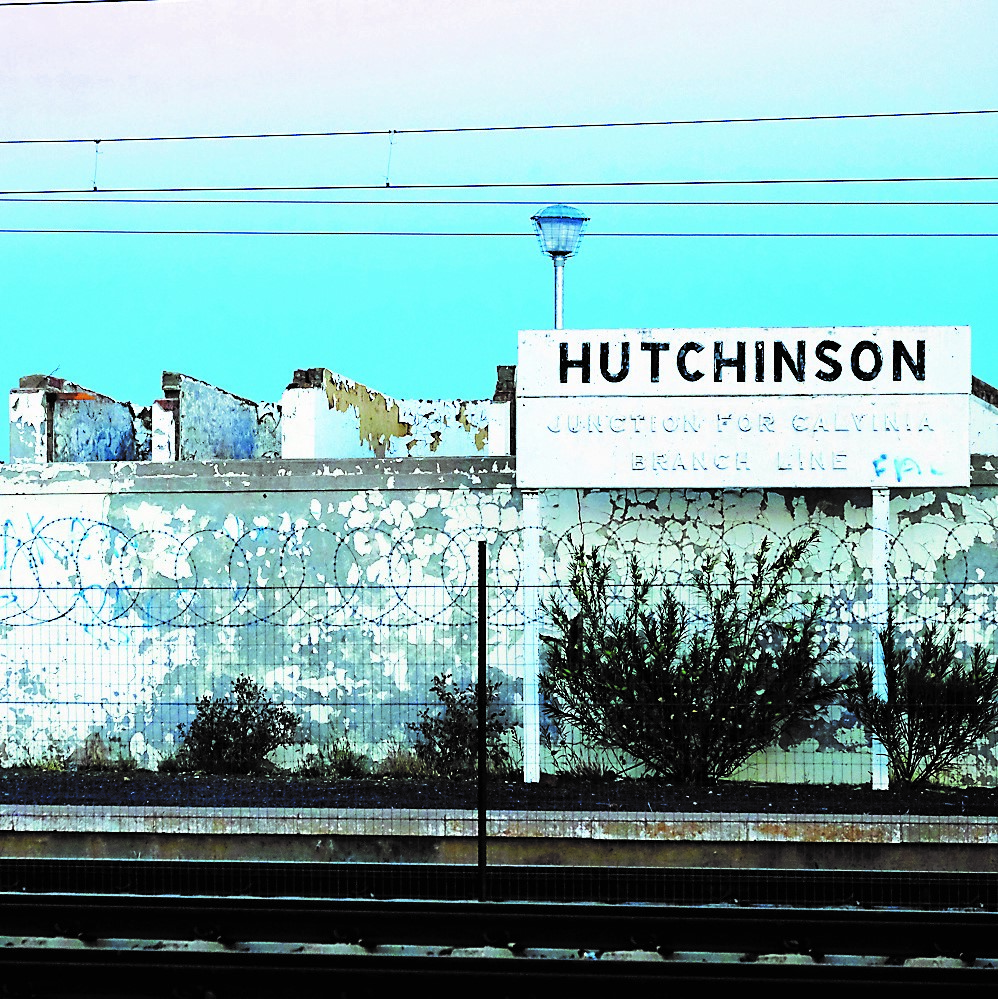click to dowload our latest edition
CLICK HERE TO SUBSCRIBE TO OUR NEWSLETTER


Published
4 years agoon
By
adminTALI FEINBERG
“I happened to be passing through Hutchinson, a railway junction in South Africa’s Northern Cape Province, on the main route between Johannesburg and Cape Town. I was intrigued by what I was seeing, and had a long conversation about it with my family as we continued to drive. The next year, my wife, Laurine Platzky, and I decided to make a film about it,” he says.
The result is a one-hour documentary called Hutchinson: SHUNTED that has just won an Award of Excellence at the Impact Docs Awards, which recognises top documentaries from around the world. “We are absolutely delighted to be recognised by a group of people who watched and evaluated our film amongst so many others,” says Miller.
Although Miller and Platzky had no experience of filmmaking, they had a deep understanding of South Africa, and recognised the potential of making a movie about Hutchinson, which has been called a real-life “ghost town”.
Says Miller, “Hutchinson is a microcosm of other similar towns across South Africa. Its economy was always dependent on the railways, so when the railways declined, the town became ‘hollowed out’. It’s a symbol of the same deterioration in many other towns that depended on the railway lines. I have since seen a number of other towns that look almost exactly the same.”
There are less than 400 people living in Hutchinson, 100 of them children. There are no shops, no industry of any kind, and many of the homes and buildings are vandalised or deteriorating. There are no longer any white residents in the town, as they all left by the end of the 1980s. It’s unclear if any Jews ever lived there.
The closest shop and small town is Victoria West, 10km away. Many Hutchinson residents walk the distance to get their basic supplies, otherwise a taxi ride costs R40 each way.
Why do they stay? “Many of them have homes there, with running water and electricity, even if there is no other town structure. Others simply want to stay as it’s what they have always known. Most can’t find work elsewhere, and they live off social grants and a government work programme, where they might earn R100 a day. Very few enjoy their living conditions,” Miller says.
To begin making the documentary, Miller and Platzky put the word out that they were seeking to speak to former and current members of the town. They were soon contacted by a woman, Marlene Hendricks, from Beaufort West, who had lived in Hutchinson and had many stories to tell. She became their unofficial guide, networker, and narrator, featuring among other residents and former residents in the film. It was as a result of Hendricks that Miller and Platzky were convinced that they needed to make the documentary.
They did it on their time and using their own resources, often driving the seven hours to Victoria West from Cape Town and spending a long weekend to 10 days there. They would visit Hutchinson from as early as 05:00, and stay the whole day, filming the daily lives of those who live there or who did so in the past. “We did about seven trips in total, and spent about 30 days working there for this one-hour film.”
The stories they gathered are told by school teachers and principals, shunters, drivers, policemen, managers, postmasters, and others who were central to the town’s life then and now. “In spite of growing up in separate communities and experiencing life in Hutchinson differently, residents and former residents recall varying accounts of common events. The one thing most of them share is a powerful memory and connection to the town of their youth,” he says.
Miller also took evocative photographs of the place. We see a child standing amongst the rubble of the old all-white school, and the abandoned swimming pool, changing rooms, recreation hall, and playground in the old “white” part of town. Abandoned railway houses have been left vulnerable to the elements and plunder, and a schoolboy on his way to an early-morning class asks passing train passengers for food.
“It was a passion project, fuelled by the belief that this was a story that was useful and should be told. It connects history to our contemporary reality. Before we launched it to the public, we showed it to the 20 people featured in the film, and their response was that it was an accurate rendition of history, memory, and the current town,” says Miller.
“While the film paints a heartfelt picture of the struggle these residents face, it also poses a challenge to government and Transnet to take responsibility for the impact of changes on these communities,” Miller says.
Readers can keep an eye out for the documentary at upcoming local film festivals, and after that, Miller hopes to show it at universities, schools, and private screenings.

Marlene
Feb 25, 2020 at 1:58 pm
‘Super! Super proud of Eric and Laurine! Looking forward to many more movies!
Welll done Eric!
‘